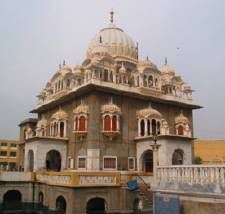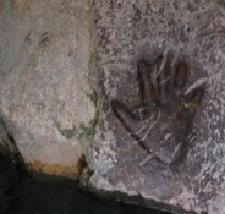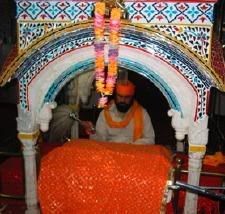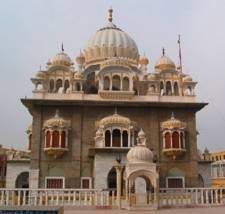Adil Najam
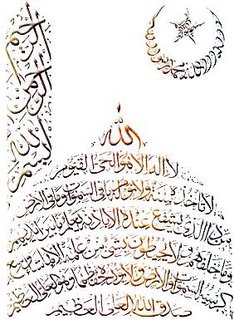 Today is the 10th of Muharram. Ashura.
Today is the 10th of Muharram. Ashura.
It commemorates a struggle that is steeped in deep spiritual meaning, not only for Islamic history but for all humanity. It is a struggle between good and evil, between just and unjust, between weak and powerful, between immediate and the eternal, between principle and ambition. The power of Ashura is not only in the epic events that it commemorates, it is in the narrative of those events, in the symbolisms that we construct. Ultimately, it is in the meanings that we derive from those events.
Muharram is, of course, of special significance to Shias. But the events and meaning of Ashura is of significance and relevance to all Muslims, and I would suggest, to all humans everywhere.
![]()
Like so many others growing up in a Sunni household I grew up observing ehteram-i-Muharram and am always drawn in the days leading up to Ashura towards thinking about the meaning of religion and of faith. To me these have always been days of deep spiritual reflection; especially of intellectual enquiry into the meaning of justice (the concept of ‘adl’ holds a deep significance to me given the name I was given at birth and therefore I have always interpreted Ashura particularly as a time to reflect on what justice is).
Growing up in Pakistan, the night of Ashura was always defined for me by the Majlis i Shaam i Gharibaan (often by Allama Naseer ul Ijtihaadi) on PTV on the night of dasveen Muharram, which was followed immediately – and at right about midnight – by Syed Nasir Jahan’s soulful recitation of Salam-i-Akhir.
Bachay to aglay baras hum hain aur yeh gham phir hai
Jo chal basay tou yeh appna salam-i-akhir hai
His soulful voice, so pregnant with a deep and heartfelt pain, always echoes in my head when I read of continuing sectarian violence and the instigation of sectarian hatred.
Also echoing in my head are memories of the eloquent narratives of those PTV Shaam i Gharibaan’s. What I took from my yearly ritual of sitting glued to the screen was that the message of Ashura, of Karbala, is a universal and humanist messages. Justice is a universal message. Courage is a universal message. Conviction is a universal message. Sacrifice is a universal message.
It is the universality of the messages of Ashura that I hope we will all reflect upon. Every one of these messages is literally torn asunder each Muharram when the merchants of sectarianism highjack these commemorations with their vitriolic politics of fear, of difference, of hatred.
While these are universal messages, they are also – as they must be – messages of Pakistaniat. Yasser Hamdani sent me this quote from Mohammad Ali Jinnah published in a souvenir commemorating the 1300th anniversay of Imam Hussain’s shahadat.
There cannot be a better and more illustrious example than that of Husein who was the greatest embodiment of courage, conviction and sacrifice and every Mussalman in particular should take the great example of his life and service and follow it.
Jinnah was right. He would probably be pained to see how not only his own message, but that of Imam Hussain’s life -and death – have been so very lost on so many of his countrymen today.

